Building a fence is a great way to show where your property ends, gain some privacy, and keep things secure. But you might be wondering how long it takes to build a fence. The time it takes to build a DIY garden fence depends on a few important things.
The type of fence matters. The land where you want the fence matters, too. If it’s flat and smooth, it’s quicker. But if it’s bumpy or has blocks, it can take longer.
Another essential factor is the material when you build the fence. The weather can slow things down. Rain or extreme heat can make the job trickier. We’ll explain how these factors affect the time it takes to build a fence.
We’ll also provide rough estimates so you can plan your fence project wisely. Let’s learn about fence-building time!
Considerations for Building a Fence
1. Workday Weather
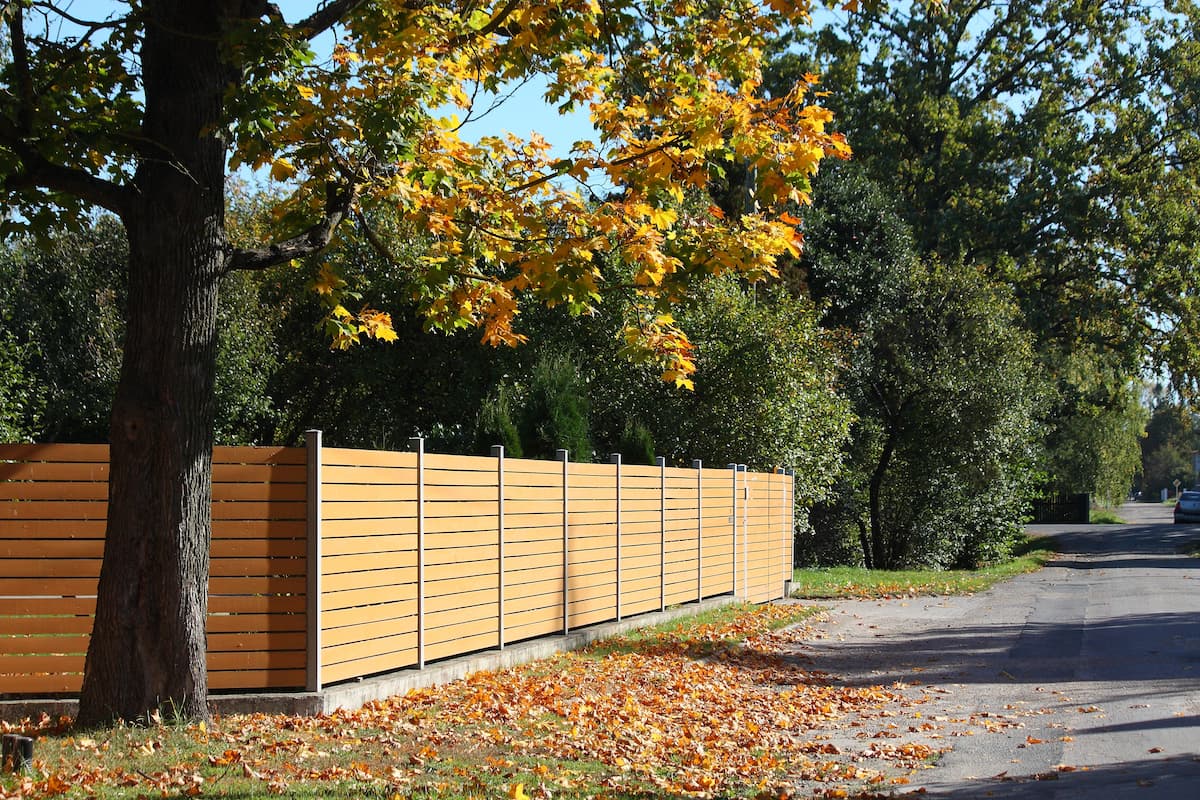
Weather plays a big role in how quickly you can build a fence outdoors. You need to think about what the weather will be like on the days you’re working. Rain, snow, hot weather, and strong winds can all make it harder to build the fence.
Rain makes the ground muddy and tough to work on, while extreme heat can make the work hard. Strong winds can be dangerous and slow things down. To keep everyone safe and ensure the fence turns out well, it’s important to schedule the work when the weather is good.
2. Material Delays
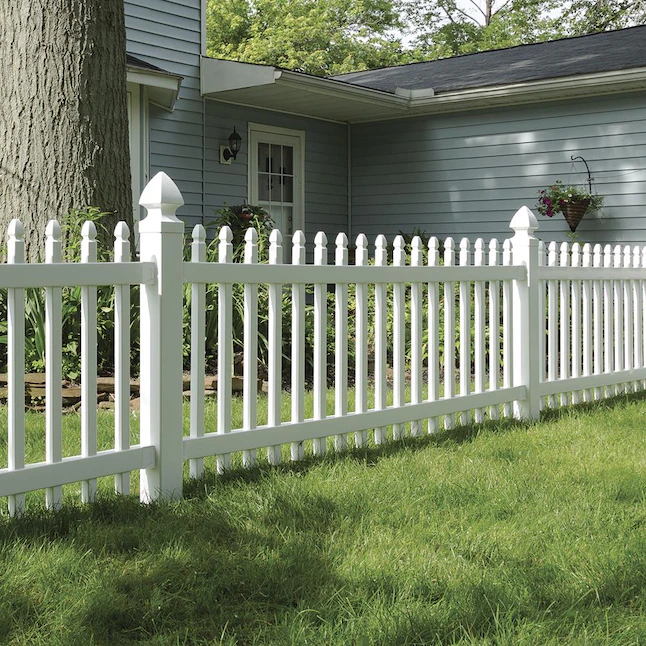
The time it takes to put up a fence can be affected by two important things: having the right materials and getting them on time. If your materials are delayed, it can slow down your project a lot. To avoid this, make sure to order your materials early and choose suppliers who can deliver them when you need them.
Also, the kind of materials you pick can make a difference in how long it takes to install the fence. For example, ready-made fence panels are usually faster to install than custom designs requiring more complex assembly.
3. Design Complexity
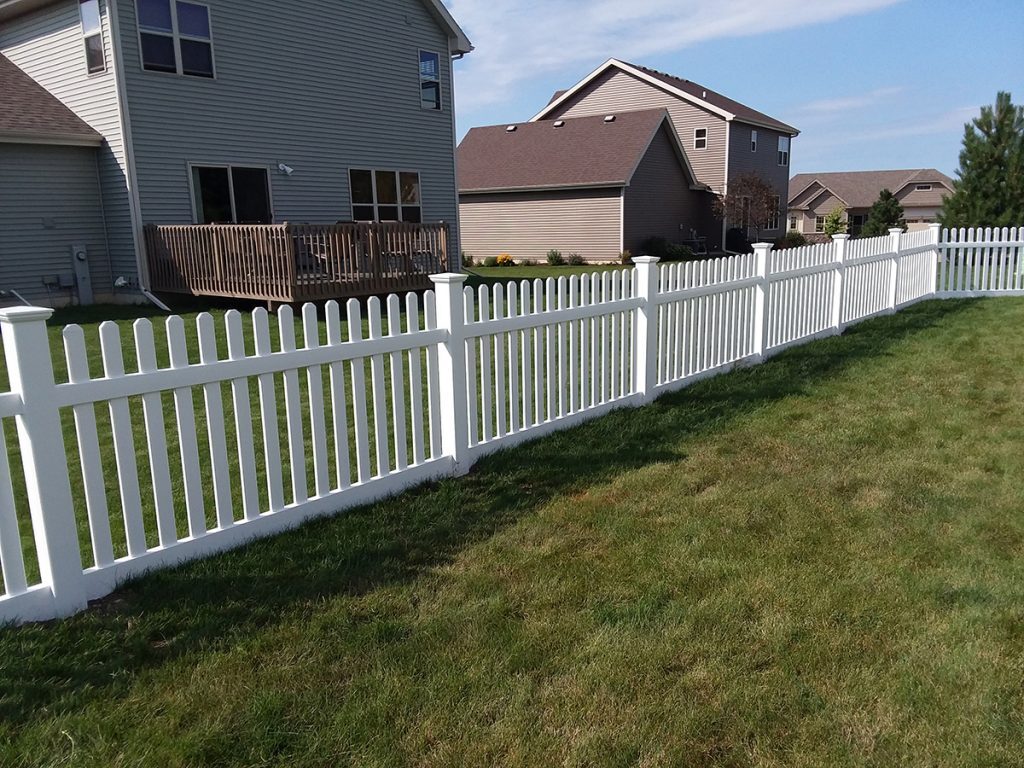
The design of your fence can make the installation take longer. A fence that is straight and simple to build is usually faster to put up than one with fancy patterns, curves, or lots of gates.
If your design has special things such as decorations, fancy patterns, or decorative metalwork, it will take more time and work to finish.
4. Retaining Walls
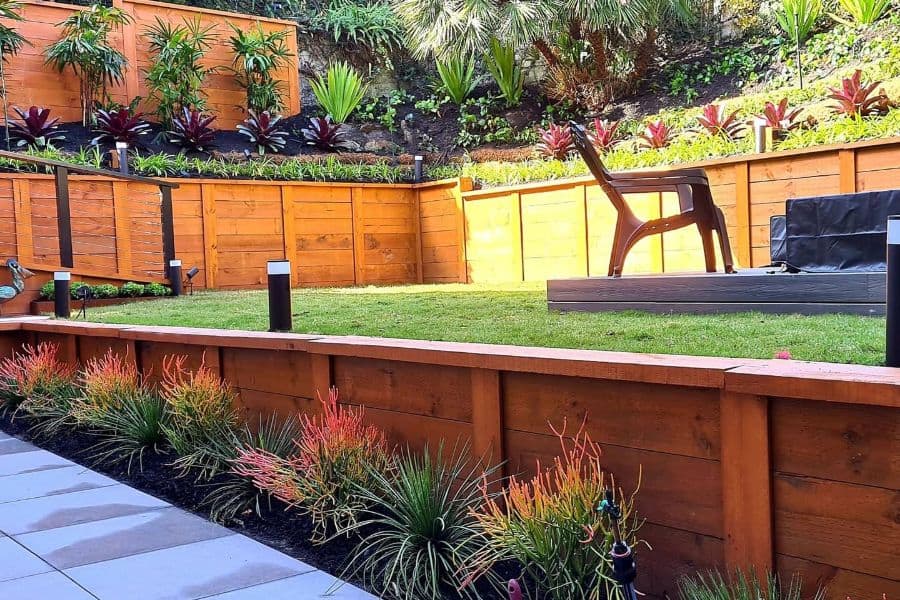
When you’re building a fence near or around retaining walls, it can take longer and be more complex. This is because the retaining walls might need extra support, secure attachment, and careful design to ensure the fence looks good and stays strong.
Dealing with these walls can make the project take longer, so it’s crucial to consider and plan for this in advance.
5. Yard Size
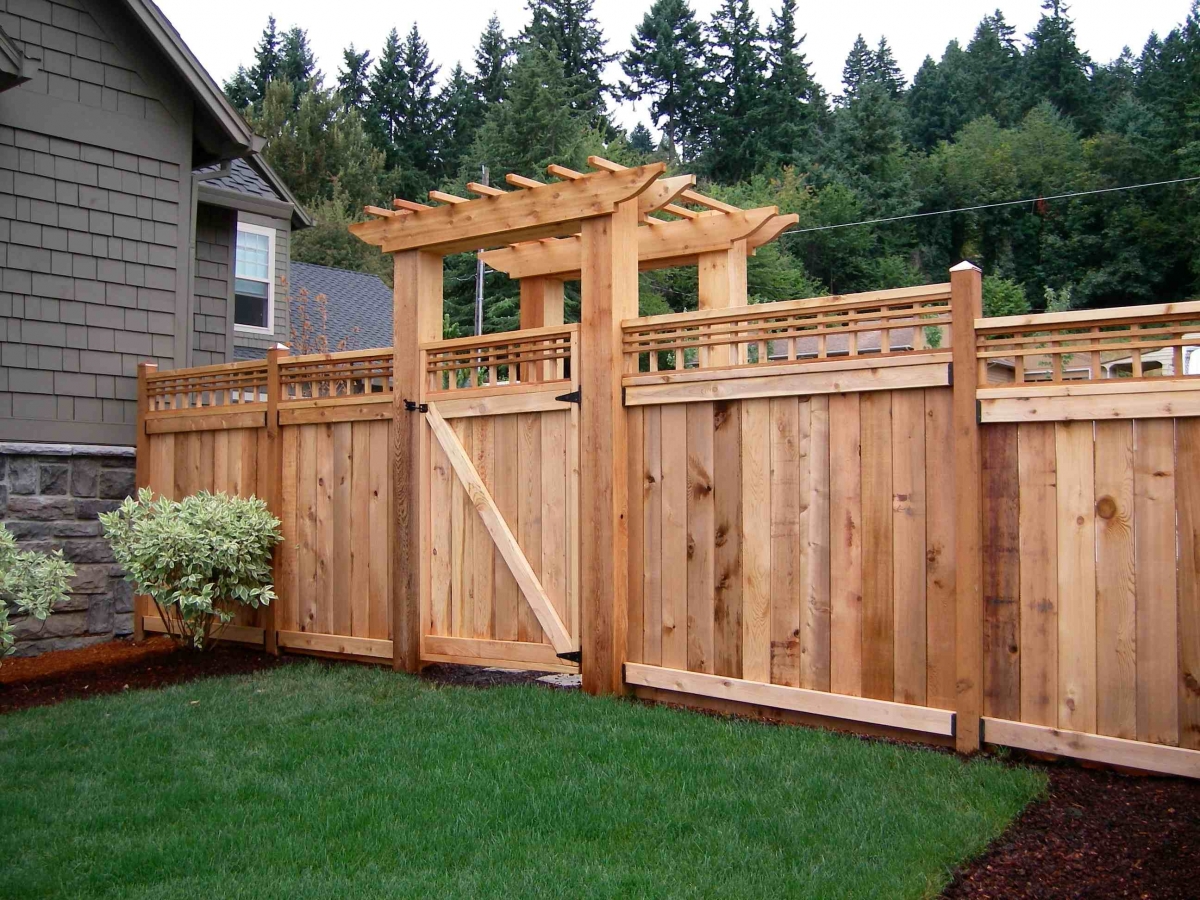
The size of your yard or the space where you want to put up the fence affects how long it takes to install it. Bigger yards need more stuff and people to do the job, so it takes longer.
Also, if your property is an odd shape or has tricky land, it can make the fence installation harder and take even more time.
6. Ground Conditions
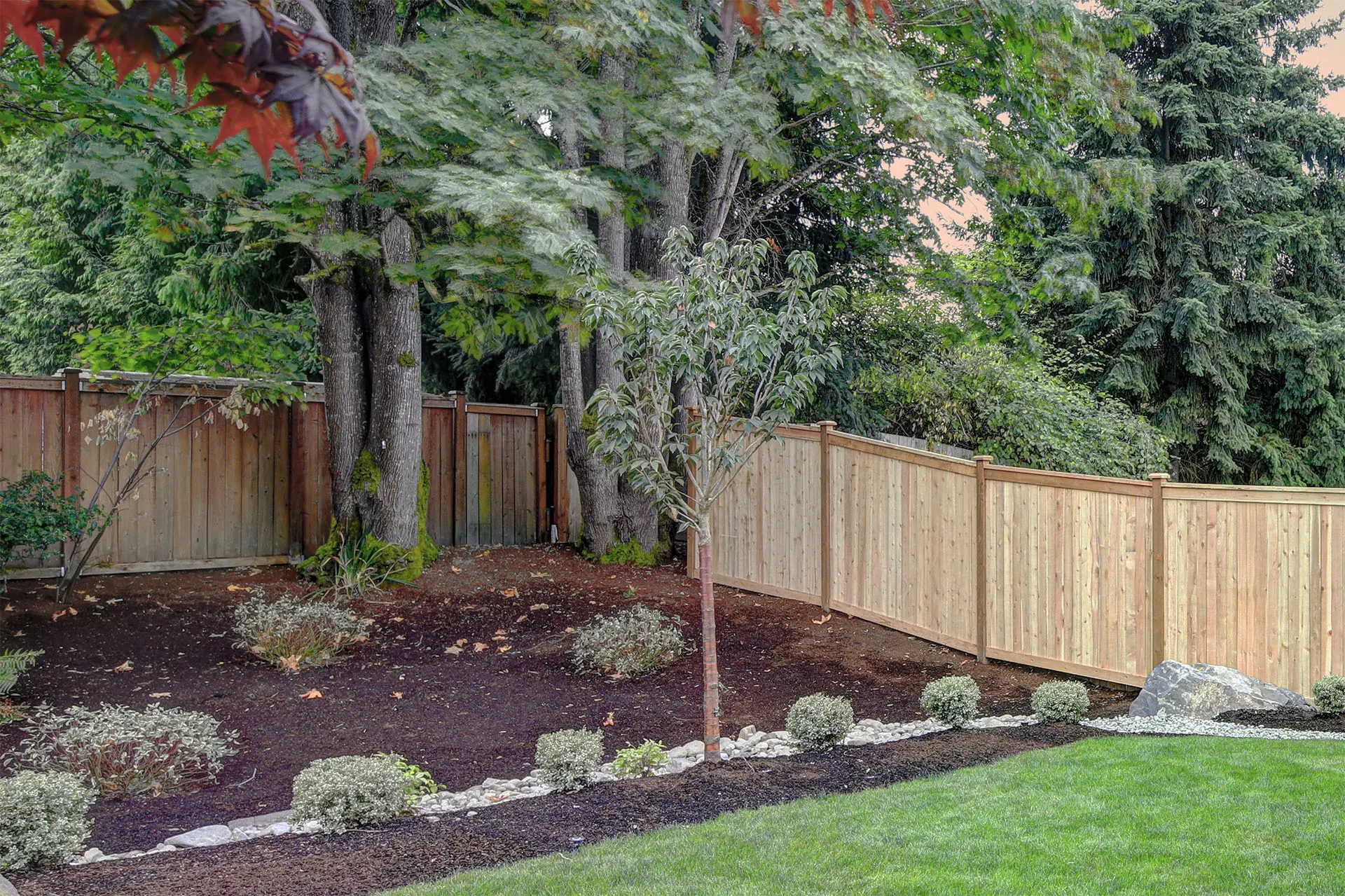
The ground where you want to install a fence matters. It’s important to consider what kind of soil you have, how strong it is, and if there are any things like rocks or tree roots in the way.
These things can affect how long it takes to put up the fence. If the soil is soft or sandy, you might need extra support. On rocky ground, you might need special tools. Making sure the ground is good for your fence is essential to make sure it stays strong and lasts a long time.
7. Property Location
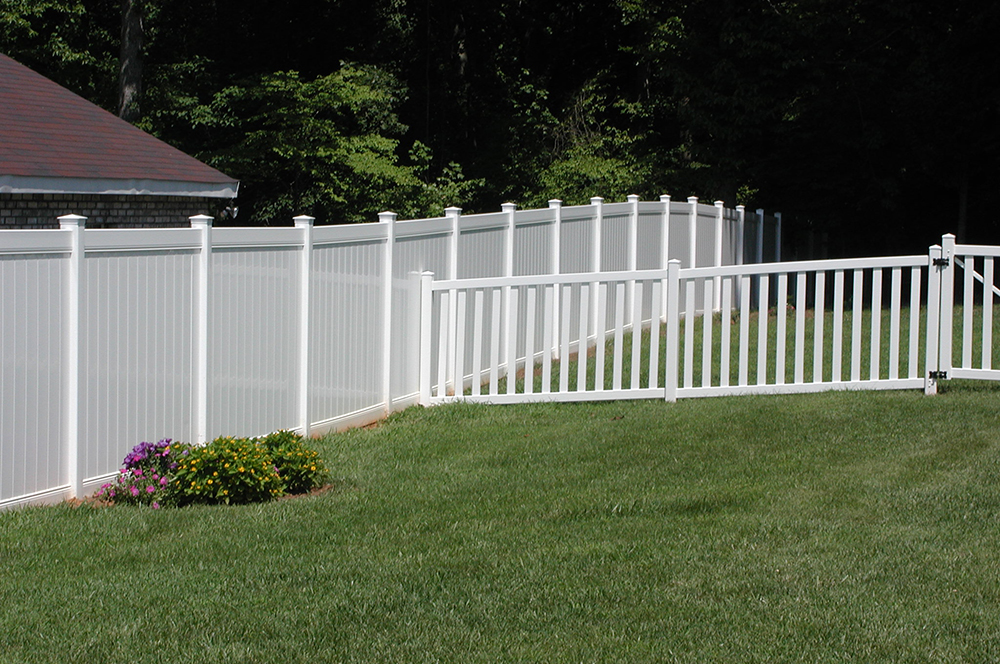
The place where your property is located can affect how long it takes to set things up. If your property is in an area with special rules about how buildings should be made, where they can be built, or if there are neighborhood rules, it might take extra time to get permission and approval before we can start building. It’s really important to follow these local rules to avoid delays and legal problems later on.
How Long Does It Take to Install a Fence
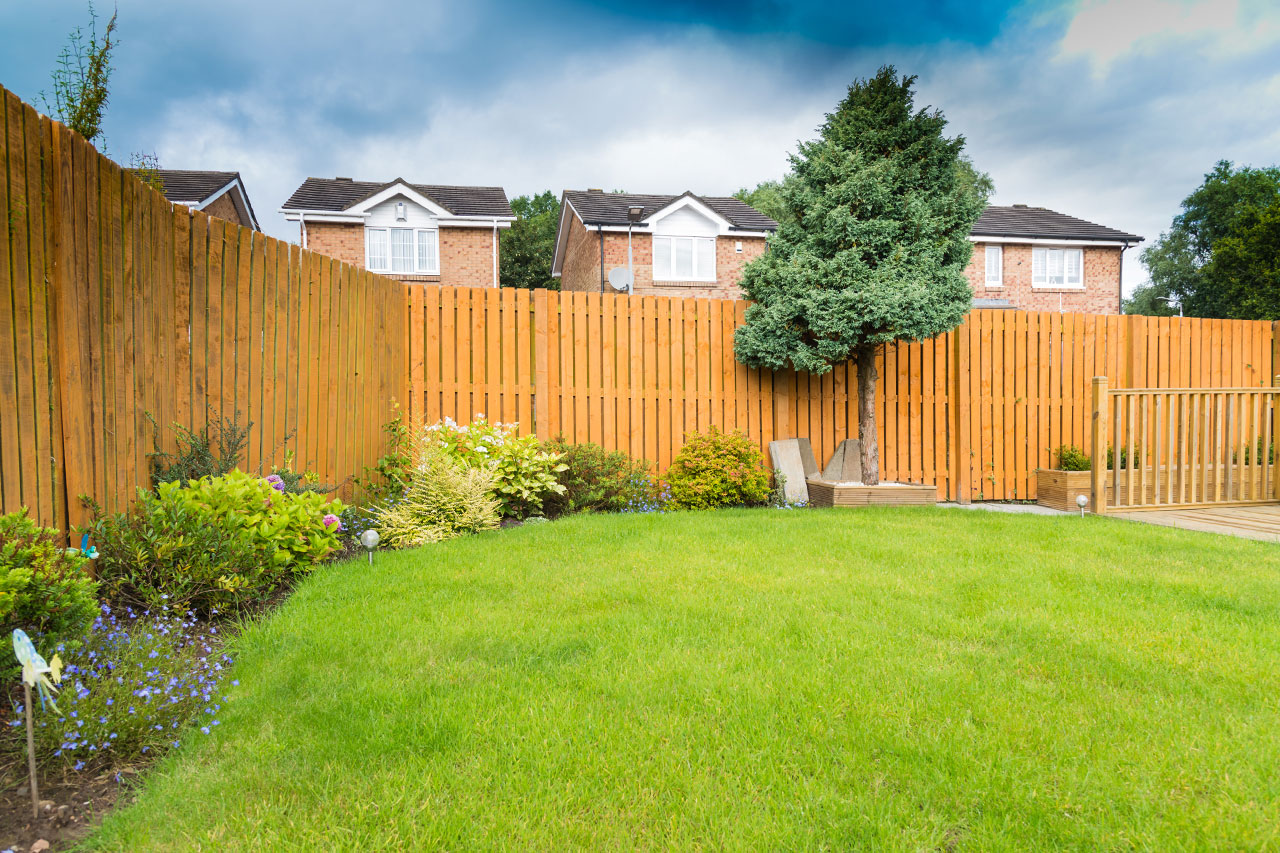
1. Wood Fence Installation Time
Installing a regular wooden fence in your backyard usually takes between 1 to 3 days. This includes planning, digging holes for the posts, securing the posts in concrete, attaching the fence panels or boards, and adding final touches.
The exact time needed depends on factors such as the fence’s length, height, the landscape, and how many gates or corners are involved. Wooden fences are a popular choice because they look classic and are budget-friendly. However, bad weather, like rain or extreme heat, can sometimes delay the installation process.
2. Metal Fence Installation Time
Metal fences are made from wrought iron or aluminum and typically take longer to install than wooden ones. For a regular home project, it can usually range from 2 to 4 days, depending on how fancy the design is and the landscape where it’s going. Metal fences need precise measurements and welding, which can slow things down.
However, they’re tough and provide great security. So, installing them takes a bit more time, but it’s worth it for their durability and protection. Good craftsmanship is key when putting up metal fences because they’re an investment that lasts a long time.
Conclusion
As we’ve seen, how long it takes to construct a fence can vary based on a few factors. These factors include the fence’s size, the materials used, and the weather. A small fence with ready-made panels can be completed in just a day or two, while a large, custom-designed fence may require several weeks.
Before you begin your fence project, it’s essential to plan, obtain the required permits, and gather all the necessary materials. If you’re not confident in your do-it-yourself abilities, hire professionals who can save you time and guarantee a job well done.
The time it takes to construct your fence should balance efficiency and the need for a durable, long-lasting barrier around your property.

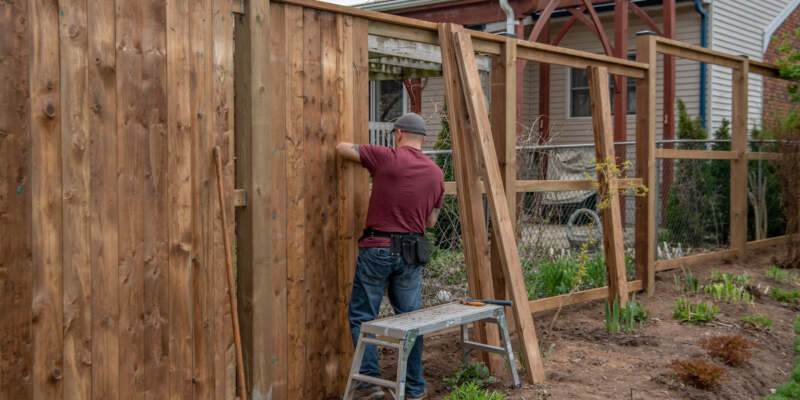

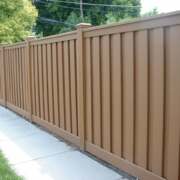
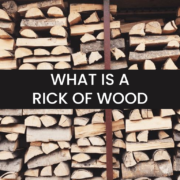

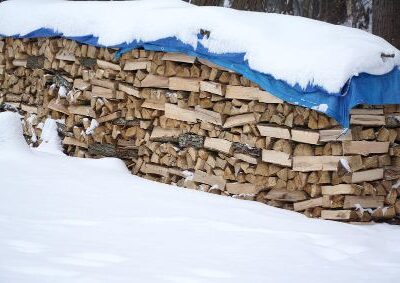
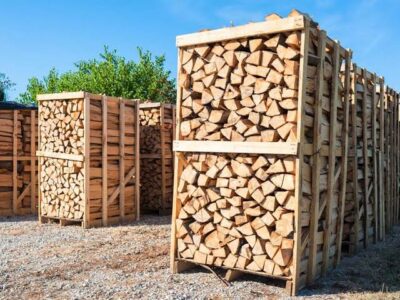
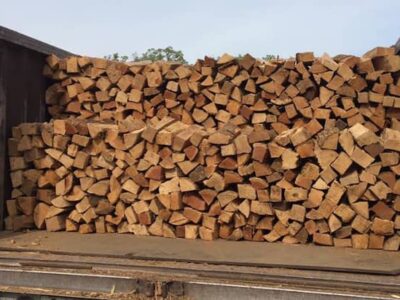
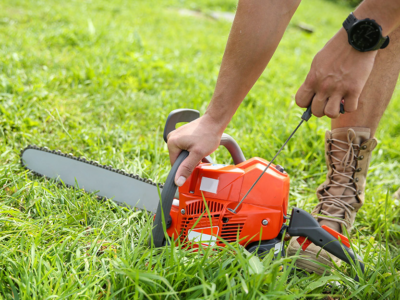




Comments